MARKETING
The Top Shopping Trends of 2022 & Beyond [State of Consumer Trends Data]
Shopping habits have drastically changed over the past few years.
For instance, while most of us previously browsed retail stores on a Saturday to find great deals, we now turn to Instagram to find discounts offered by influencers.
And rather than watching TV ads to find out about new products, nowadays, most of us stumble across ads in between YouTube videos.
Here, we’ll explore the shopping trends of 2022 to ensure you’re able to meet customers where and when they’d prefer to shop. Plus, we’ll uncover the shopping differences between generations. Let’s dive in.
The Top Shopping Trends of 2022
1. Influencer recommendations matter more than recommendations from friends and family.
Influencer marketing has proven an incredibly effective strategy for brands over the past few years — in fact, as of 2021, almost 60% of marketers said influencer marketing was the most effective marketing trend, ahead of SEO, experiential marketing, and short-form video content.
And in 2022, 30% of consumers now report influencer recommendations are one of the most important factors in their purchasing decisions, compared to 27% for recommendations from friends or family.
In many ways, this makes sense: Influencers are traditionally considered experts in their niche. If I follow a makeup influencer, it’s safe to assume he or she knows more about makeup than most of my friends.
For e-commerce businesses, this is powerful news: It means you no longer need to rely on word-of-mouth alone. Instead, it’s wise to focus your efforts on influencer marketing, since influencers have demonstrated a level of influence over their audiences that surpasses even that of friends and family.
2. Gen Zers prefer to discover new products via social media — but they still like to make purchases in-store.
Our State of Consumer Trends Survey found Gen Zers (ages 18-24) most often discover new products on social media (71%), followed by YouTube ads (56%), ads on music streaming services (55%), and internet searches (50%).
If your e-commerce business is targeting Gen Zers, then, it’s vital you focus your efforts on social media rather than paid ads when it comes to attracting new leads to your products and educating those leads on your products.
Additionally, when asked which content formats Gen Zers prefer for learning about a product and its features on social media, roughly 50% said they’d like to learn about a product through a story post. This is followed by short-form video (42%), and then a feed post (42%).
However, 73% of people (and 55% of Gen Zers in particular) say they’d still prefer to purchase a product in-store. This is an important call-out: While you’ll want to focus on social media for your lead generation efforts, it’s still vital to have a strong, effective in-store shopping option for those who would like to make the final sale in person.
![The Top Shopping Trends of 2022 & Beyond [State of Consumer Trends Data] 1658751615 133 The Top Shopping Trends of 2022 Beyond State of](https://articles.entireweb.com/wp-content/uploads/2022/07/1658751615_133_The-Top-Shopping-Trends-of-2022-Beyond-State-of.png)
3. When it comes to millennials and Gen X, retail stores and searching the internet are two popular options for discovering new products.
Similar to Gen Zers, the most popular method among millennial buyers for discovering new products is social media (51%).
However, in a close second for millennials is searching the internet (50%) — which means, if you’re targeting a millennial demographic, you might want to consider leveraging paid ads and a strong SEO strategy for getting your products in front of your target audience.
And if your target audience is Gen X (35-54 year olds), retail stores are the most popular option for discovering new products, so you’ll want to invest time and resources in partnerships with brick-and-mortar retailers to ensure your products are at plenty of physical locations.
Plus, similar to millennials, 39% of Gen X buyers also search the internet for new products, so SEO is another good option here.
4. Millennials and Gen Xers prefer to discover new products on social media through ads or sponsored content — while Gen Zers prefer discovering new products on social media through short-form videos.
Depending on your target demographic, you’ll want to vary the type of content you create for social media when it comes to attracting new audiences to your products.
For instance, if you’re aiming to attract Gen Zers, you’ll want to consider short-form video like TikTok or Instagram Reels, since 41% report short-form video as their preferred medium for discovering new products.
If you’re instead looking to reach millennials or Gen Xers, you’ll want to think about leveraging ads or sponsored content, since 44% mark that option as their favorite.
5. Mobile phones are the most popular device for online shopping.
When shopping online, roughly 75% of consumers prefer using their mobile devices, compared to 15% that prefer desktop and 6% that prefer tablet.
This means as an e-commerce business it’s critical your website is mobile-optimized, and you have mobile-responsive product pages.
If I’m scrolling a company’s products and I find it’s too difficult or cumbersome on my phone, I typically ditch the website – and don’t return. So it’s vital you ensure you’re following mobile best practices (including large text, lots of white space, responsive templates, and mobile-friendly calls-to-action).
6. Price matters most to when it comes to making a purchasing decision — but other factors might surprise you.
Across the board, price is a major factor when it comes to purchasing decisions. 78% of Gen Z, 74% of millennials, 74% of Gen X, and 73% of Boomers report price as one of the most important factors when it comes to deciding whether or not they’re going to buy a product.
The quality of a product is important, as well, with 65% of Gen Z, 78% of millennials, 82% of Gen X, and 72% of Boomers marking it as another top factor when it comes to purchasing decisions.
But beyond having a reasonably-priced and high-quality product, there are a few other distinguishing factors you’ll want to keep in mind when marketing your brand.
For instance, 57% of Gen Zers will consider purchasing a product if a percentage of the proceeds from the purchase will be donated to charity. And 55% of millennials prefer buying a product that has strong reviews. 62% of Gen Xers appreciate whether a brand has an active community around it, and 55% of Boomers look for a product’s features and functionality when considering a purchase.
![The Top Shopping Trends of 2022 & Beyond [State of Consumer Trends Data] 1658751615 597 The Top Shopping Trends of 2022 Beyond State of](https://articles.entireweb.com/wp-content/uploads/2022/07/1658751615_597_The-Top-Shopping-Trends-of-2022-Beyond-State-of.png)
The Shopping Trends to Expect in 2023
As we move into 2023, here are a few trends you’ll continue to see:
- Mobile usage for shopping will continue to dominate the e-commerce industry. In 2018, it encompassed 63.5% of total e-commerce sales, and in 2020, that number jumped to 70.4% (Source). As mentioned above, we found roughly 75% of consumers preferring their mobile devices in 2022, which suggests mobile sales will continue to dominate the e-commerce landscape.
- TikTok and other short-form video platforms will become increasingly popular for advertisers. As TikTok continues to make changes to its advertising offerings (such as its new Branded Mission feature), we’ll see more advertisers join TikTok in 2023 — we’ll also see additional advertisers test out other platforms, such as Instagram Stories, since short-form video is becoming the most popular video length.
- The Influencer industry will continue to grow and remain one of the most popular avenues for brands looking to connect with their audiences. Influencer marketing has grown rapidly over the past few years — from $1.7 billion in 2016 to $9.7 billion in 2020, and $13.8 billion in 2021. Nowadays, Gen Zers and millennials aren’t looking to celebrities for inspiration when it comes to purchasing products or services, and they’re not turning to friends, either — they’re looking to these influencers.
- We’ll see a rise in people who use the metaverse or buy virtual currency. HubSpot Blog Research found over half of those who have ever used the metaverse or bought virtual currency/items have done so within the past three months — including 56% who’ve visited the metaverse, 56% who’ve bought cryptocurrency, and 75% who’ve bought NFTs for the first time.
When creating an effective e-commerce strategy, it’s vital you take the time to understand how shoppers want to shop today — and into the future. Shopping behaviors change over time. The more your business can meet the evolving needs of your consumers, the more likely you are to continue to succeed well into the future.
MARKETING
How Tagging Strategies Transform Marketing Campaigns
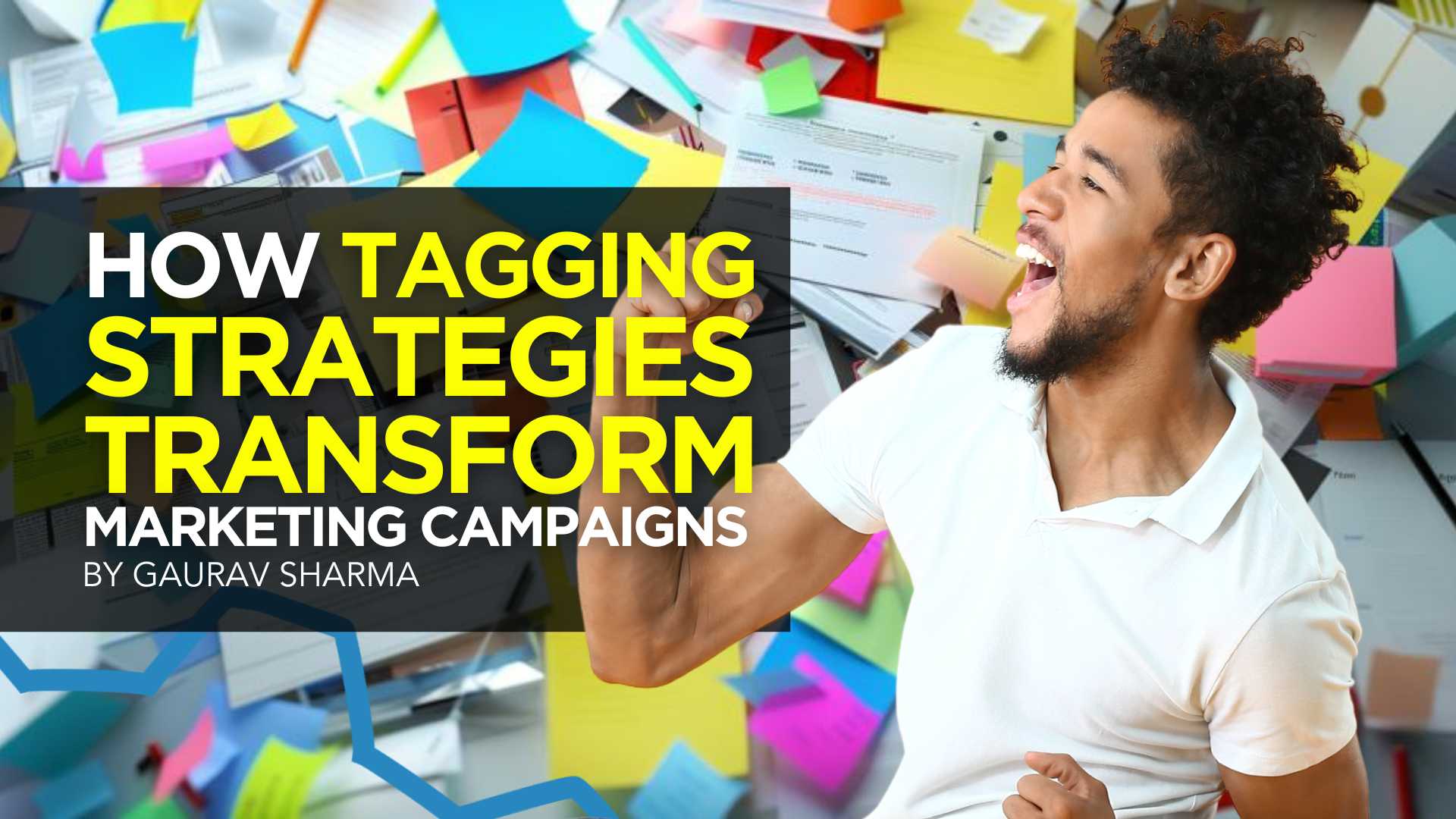

As a marketer, I understand how today’s marketing campaigns face fierce competition. With so much content and ads competing for eyeballs, creating campaigns that stand out is no easy task.
That’s where strategies like tagging come in.
It helps you categorize and optimize your marketing efforts. It also helps your campaigns cut through the noise and reach the right audience.
To help you out, I’ve compiled nine ways brands use a tagging strategy to create an impactful marketing campaign.
Let’s get to it.
How Brands Use a Tagging Strategy
Tagging involves using keywords or labels to categorize and organize content, products, or customer data. You attach tags to specific items or information to make searching, sorting, and analyzing data easier.
There are various types of tags, including meta tags, analytics tags, image tags, hashtags, blog tags, and more.
So, how do brands use a tagging strategy to make their marketing campaigns stand out?
Improve Social Media Engagement
With over 5 billion users, social media provides an easy way to connect with your audience, build relationships, and promote your offerings.
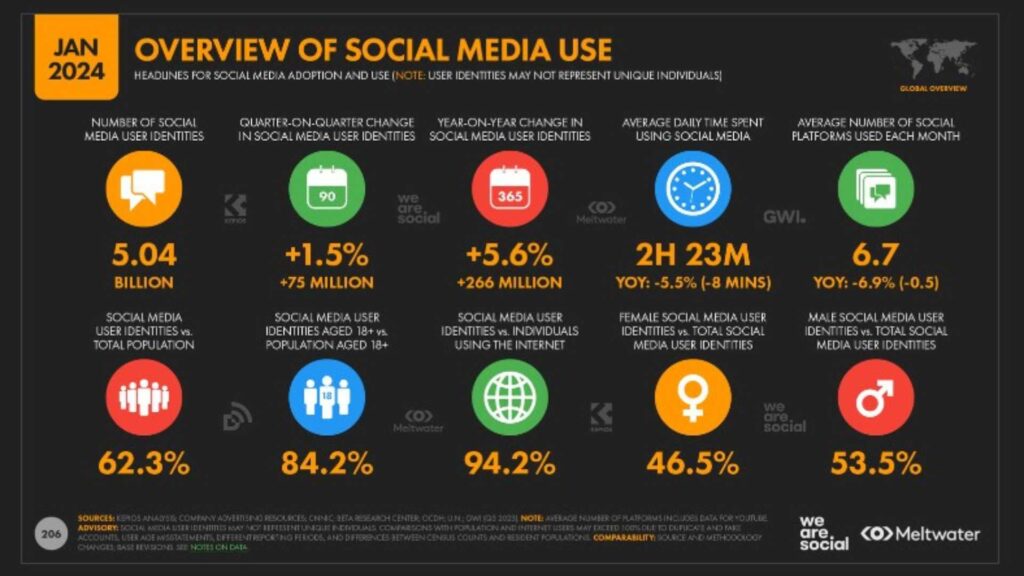

Use a tagging strategy to boost social media interactions. Consistently use hashtags that align with current trends and topics. This encourages people to interact with your content and boosts content visibility.
You can also use tags to monitor brand mentions of your products or your industry. This allows you to engage with your audience promptly.
Consider virtual social media assistants to streamline your tagging strategy. These AI-driven tools can suggest relevant hashtags, track mentions, and automate responses. Implementing them can save time and resources while ensuring consistent engagement across your socials.
Build a Personal Brand on LinkedIn
LinkedIn is the world’s largest professional networking platform, with over 1 billion members across 200 nations. It offers excellent opportunities for individuals and businesses to build and nurture their brands.
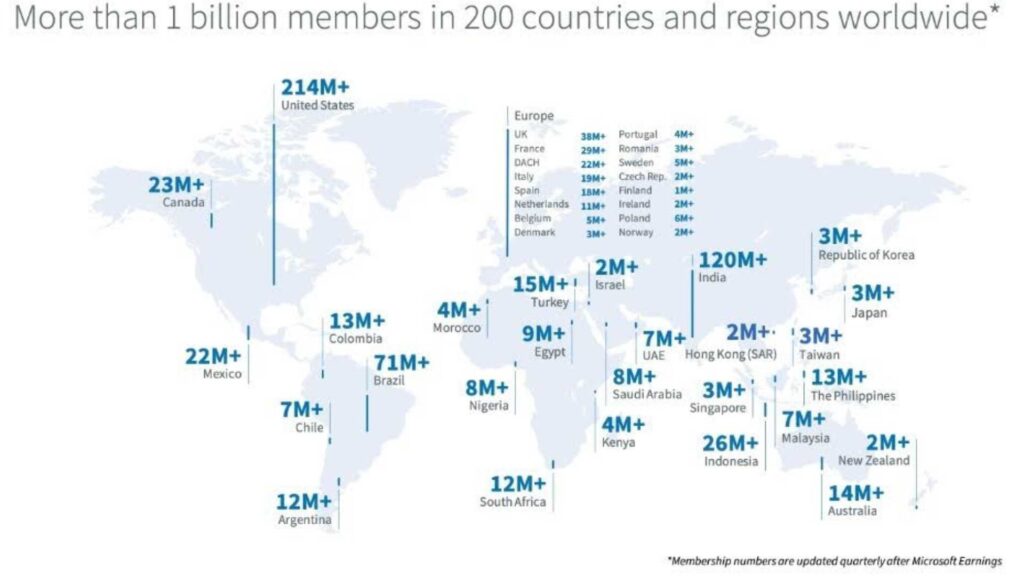

However, simply creating a professional profile isn’t enough to build a personal brand on LinkedIn.
Use various tags to increase your visibility, establish thought leadership, showcase expertise, and attract the right connections. For instance, use skill tags to showcase your expertise and industry tags to attract connections and opportunities within your industry. Use certification tags to help showcase your expertise and credibility to potential employers or clients.
Facilitate Customer Segmentation and Personalization
Personalization matters—more so in today’s data-driven world. In fact, 65% of consumers expect your brand to adapt to their changing preferences and needs.
To meet this expectation, consider using a tagging strategy.
Segment your customers based on shared characteristics, such as demographics, interests, purchase history, cart abandonment, and behavior.
Here’s a summary of the steps to customer segmentation.
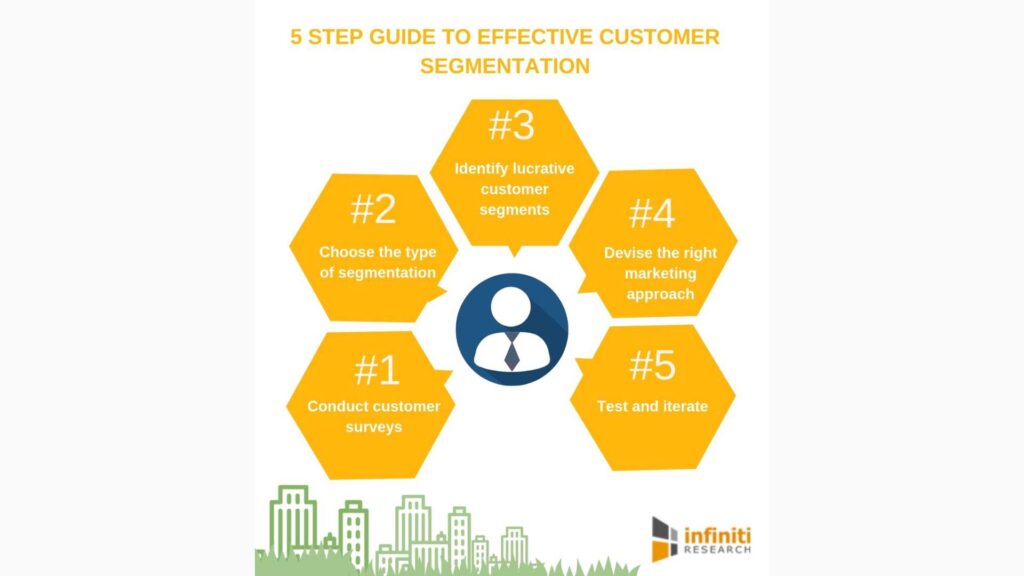

With your customer segments ready, use tags to tailor your marketing messages and offerings to specific segments. Imagine sending targeted email campaigns based on what your customers need. That’s the power of segmentation and tagging in action!
Enhance SEO and Content Discoverability
Tagging content can have a profound impact on search engine optimization (SEO) and content discoverability. When users search for specific topics or products, well-tagged content is more likely to appear in search results, driving organic traffic to your website.
Additionally, tags can help you analyze the most popular topics with your readers. Then, the results of this analysis can help you adjust your content strategies accordingly.
And get this— certain AI tools can help analyze your content and suggest relevant tags and keywords. Using these tools in addition to a tagging strategy can help optimize your SEO strategies and boost content discoverability.
Partner with the Right Influencers
Influencer marketing has become a go-to marketing approach for modern brands. Recent stats show that 85% of marketers and business owners believe influencer marketing is an effective marketing strategy.
But how do you find the perfect influencer for your campaign?
Utilize tags to identify influencers who are relevant to your niche. Beyond this, find influencers who align with your brand values and target audience.
Additionally, look for influencers who use hashtags that are relevant to your campaigns. For instance, fashion influencer Chiara Ferragni uses #adv (advertising) and #ghd (good hair day) hashtags in this campaign.


Monitor industry-specific hashtags and mentions to discover influential voices and build profitable relationships with them.
Track Hashtag Performance
Tracking your hashtag performance helps you understand your campaigns’ engagement, reach, and effectiveness.
To achieve this goal, assign special hashtags to each marketing project. This helps you see which hashtags generate the most engagement and reach, enabling you to refine your tagging strategy.
Here’s an example of a hashtag performance report for the #SuperBowl2024.
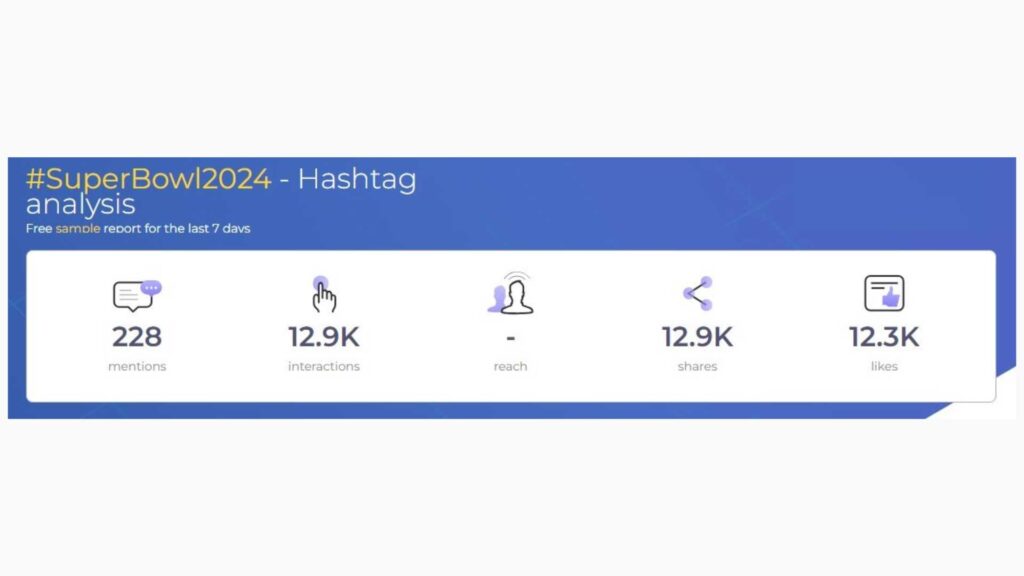

This curated list of hashtag generators by Attrock discusses the top tools for your consideration. You can analyze each and choose the one that best fits your needs.
Categorize Content Accordingly
The human attention span is shrinking. The last thing you want is for your audience to have difficulty in finding or navigating your content, get frustrated, and bounce.
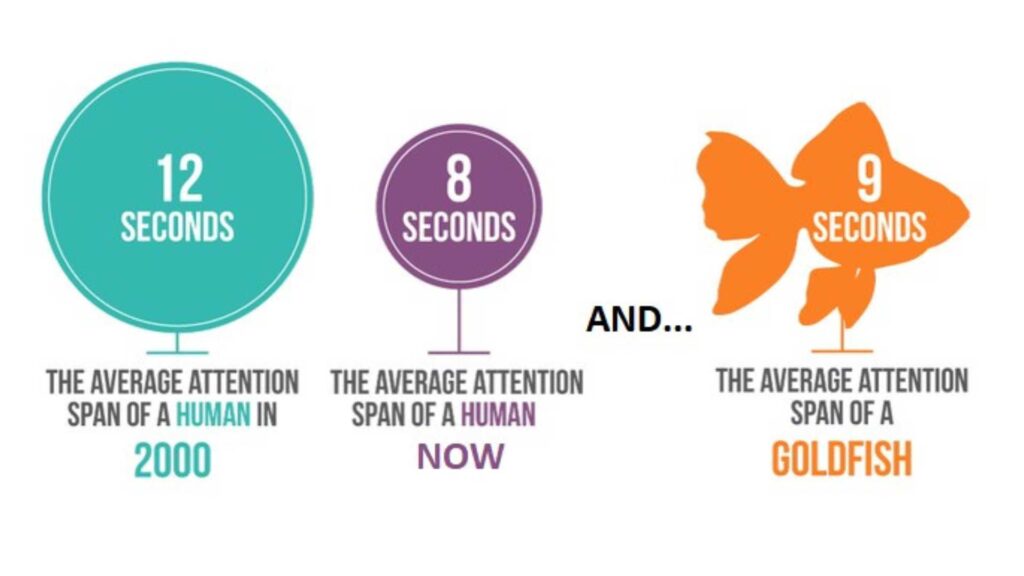

Untagged content can be difficult to navigate and manage. As any marketer knows, content is important in digital marketing campaigns.
To categorize your content, identify the main categories by topics, themes, campaigns, target audiences, or product lines. Then, assign relevant tags based on the categories you’ve identified. After that, implement a consistent tagging strategy for existing and new content.
Organizing your content using tags can also help streamline your content management workflow. Most importantly, readers can easily find the content they’re looking for, thereby boosting overall user experience, engagement, and conversions.
Boost Your Email Marketing Strategy
Email marketing remains a powerful marketing tool in today’s digital world. It’s also another area where brands use a tagging strategy to directly reach their target audience.
Use tags to segment your email list and personalize your marketing messages. Then, you can send targeted emails based on factors like purchase history, interests, and demographics.
Personalization can significantly improve open rates, CTRs, and overall engagement and conversion rates. It’s a simple yet impactful strategy to make your email marketing strategy more effective.
Plus, you can use tags to track how well your emails perform with each group. This helps you understand what content resonates best with your audience and provides insight on how to improve your emails going forward.
Enhance Analytics and Reporting
Every marketer appreciates the immense value of data. For brands using tagging strategies, tags are powerful tools for gathering valuable data.
Analyze how users interact with your tagged content. See which tags generate the most clicks, shares, conversions, and other forms of engagement. Gain insight into audience preferences and campaign effectiveness.
This granular data about your marketing efforts allow you to make data-driven decisions, allocate resources effectively, and refine your marketing strategies.
Final Thoughts
There isn’t a single correct way for brands to use a tagging strategy in marketing. You can use a tagging strategy however you see fit. However, the bottom line is that this strategy offers you a simple yet powerful way to create attention-grabbing and unique marketing campaigns.
Fortunately, tagging strategies are useful across various marketing initiatives, from social media and email marketing to SEO and more.
So, if you’re ready to elevate your marketing campaign, build a strong brand presence, and stand out among the competition, consider employing effective tagging strategies today.
MARKETING
Tinuiti Recognized in Forrester Report for Media Management Excellence
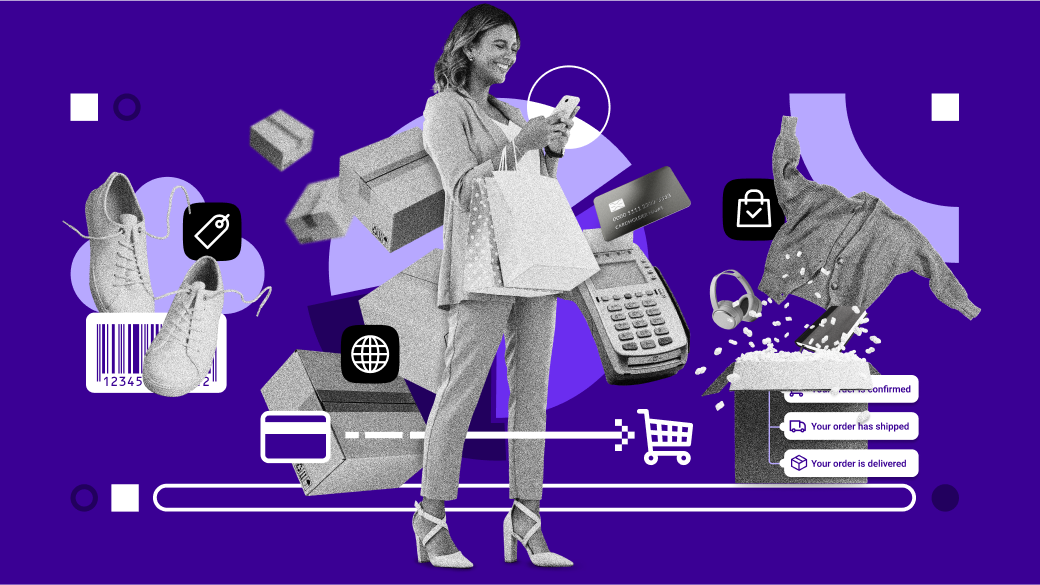
Tinuiti, the largest independent full-funnel performance marketing agency, has been included in a recent Forrester Research report titled, “The Media Management Services Landscape, Q2 2024.” In an overview of 37 notable providers, this comprehensive report focuses on the value B2C marketing leaders can expect from a media management service provider, and analyzes key factors to consider when looking for a media management partner such as size and business scenarios. B2C marketing executives rely on media management services to:
- Augment the efficacy of media investments
- Bridge media impressions to commerce transactions
- Enhance ad campaigns to drive performance
Report authors, VP, Principal Analyst Jay Pattisall and Senior Analyst Nikhil Lai call attention to the pressing need for providers to prove their value, deliver profitable ROAS, and drive alignment between CMOs and CFOs and thus liberate strained marketing budgets.
Our Always-On Incrementality tool – which is a part of our patented tech, Bliss Point by Tinuiti – empowers marketers to validate the incrementality of their spend on each ad set, media channel, and marketing tactic so marketers can create stronger, more focused campaigns that get the job done without sacrificing the bottomline.
B2C marketing leaders often seek and expect key business scenarios from media management service providers including media measurement and attribution, data strategy, and marketing mix modeling. MMM’s adaptability to the post-cookie/ post-IDFA world positions it as an essential tool for marketers. As businesses seek to connect the dots, leverage data, and make strategic decisions, MMM is a crucial ally in the dynamic realm of mixed media advertising. Our Rapid Media Mix Modeling sets a new standard in the market with its exceptional speed, precision, and transparency.
According to the Forrester report, “46% of senior B2C marketing and advertising decision-makers say they plan to integrate performance and brand media assignments with a single media agency in the next 12 months…”
In our quest to better understand all revenue-driving aspects of a given campaign, we have started on a process to quantify the impact of Brand Equity, which we believe is one of the largest missing pieces in more accurate and complete measurement.
Learn more about Bliss Point by Tinuiti, our use cases, and our approach to performance and brand equity.
The Landscape report is available online to Forrester customers or for purchase here.
MARKETING
Let’s Start Treating Content More Like We Treat Code

The technology space is pretty obsessed with preventing code defects from getting to production. We take great pains to make sure that a mistake doesn’t make it from the developer’s fingertips all the way through to the product system.
There’s an entire field called DevOps (short for “development operations”). This is something like a $5 billion industry. There are entire market segments filled with companies that tightly control the movement and testing of code.
Search for “DevOps diagram” sometime. You’ll be amazed at what you find—detailed schematics showing exactly how code should be copied, packaged, tested, and deployed. Developers who don’t have an artistic bone in their bodies suddenly turn into Da Vinci when describing in exacting detail how they want to orchestrate code deployments.
All of this is in search of one goal: prevent bad code from reaching production. A lofty goal, to be sure.
…but why don’t we care so much about content?
Where we have majestic acrobatics on the code side, when it comes to content, the process is usually something like, “Well, Alice writes something in Word, then emails it to Bob, and he copies it into the rich text editor” then presses publish.
Congratulations, you have the tightest, most reliable codebase serving up terrible content. A+. Great job.
Content defects are a thing, and we don’t do enough to prevent them. In particular, we don’t look at content development as a process to be managed. We think it’s some kind of magic, not a flow of work with checkpoints, trackable assignments, and review gateways. We’re somehow convinced this would take the “soul” out of it or something.
So, while our developers get six figures worth of toys to make sure they can swap every line of code instantly without spilling their coffee, our content creators are copying and pasting things into Slack and yelling “I swear sent that to you last week!” over the cubicle wall.
We need to do better.
Content creation isn’t magic—no more than code is magic. It’s a process that can and should be managed just like code deployments, and it deserves the same level of regard.
Your content creators need:
- Library services. Your developers have source code management. They know where code is, all the time. They probably have versions of it dating back to when they were teenagers. These things exist for content as well—they’re called content marketing platforms (CMPs) and digital asset management systems (DAMs). They’re designed to store, organize, and version content assets so creators know where everything is.
- Change management, in the form of editorial calendaring. Your developers know when code will be released (note: don’t do it on Fridays). They plan these things long in advance. But ask a content creator when Content Item X for the new campaign is launching, and they can only say something like, “I don’t know. I showed it to Bob. It’s in his court now…”
- Workflow. Developers have detailed ticket management systems that can tie their actions down to the exact line of source code they changed to resolve a defect. These systems exist so that everyone knows, at all times, who is responsible for what. Meanwhile, the content editors can only shrug when someone asks who was supposed to edit the CEO’s blog post that she just announced from the keynote stage.
- Content preview. I promise you that your development team has a graduated system of environments where they test code. They probably spend hundreds of hours maintaining it, so they can run code in isolation and know exactly how it works before they deploy it. Think of that fondly next time when your image caption is published in 30pt bold-faced font because no one told you that it wouldn’t be. (Incidentally, I’ve been thinking about preview a lot lately.)
Here’s why this is important:
Content defects matter. They can be far more damaging than code defects, while being so much harder to detect. By the time you realize something is wrong, the problem may have been existing in public for a long time, doing a lot of damage.
Imagine that you have a software company, and you’ve been trying to get an analyst to include your software in one of their reports. Your Analyst Relations staff has been consistently courting, cajoling, and hinting to this analyst that your software fits their segment exactly, and would be a great addition to the report.
The analyst finally decides to check things out. They go to your website, looking for evidence of all the things you told them about. They expected to find reinforcement of that information, that energy, that…vibe.
But, they didn’t. Their experience fell flat. They gave you a 20-minute chance, but then clicked away and didn’t look back.
Oh sure, you had plans. You were going to revamp that part of the website, and you had mentioned it to Gary just before he went on vacation. You heard some rumors that people were working on it, and some content got changed, but you never saw and never had a chance to guide it. Content development seemingly happened in a far-off land somewhere. Normally, when something changed on the website, you were as surprised as anyone.
This is a content defect. The whole thing. One big defect.
Why don’t we categorize like this? Why don’t we call it what it is?
Maybe because it’s not…binary? With code, things often either work, or explode spectacularly, so we can stand back and confidently say, “Yup, that’s busted.”
But with content, there’s a spectrum—there’s a range. People can look at it and say, “yeah, that’s fine” even when it’s not.
The only solution here is process. You need a way to make sure that content is seen by the right people, and at the right time, and has a way of reflecting the right input.
This happens with code all the time. We handle code exactingly, rigorously, and with due process and care.
We need to demand the same for content. And we need to start acknowledging that poor content is a failure of process, a failure of planning, and a failure of tooling.
The tools are available to avoid this. We need to implement them and use them.
Interested in learning how Optimizely Content Marketing Platform can better support your content creation process? See how it works in this quick video.
-
SEARCHENGINES5 days ago
Daily Search Forum Recap: April 29, 2024
-

 MARKETING7 days ago
MARKETING7 days agoMicrosoft unveils a new small language model
-

 SEARCHENGINES6 days ago
SEARCHENGINES6 days agoOffline For Last Days Of Passover 5784
-

 SEO7 days ago
SEO7 days agoStudio By WordPress & Other Free Tools
-

 MARKETING6 days ago
MARKETING6 days agoQuiet Quitting vs. Setting Healthy Boundaries: Where’s The Line?
-
SEARCHENGINES4 days ago
Daily Search Forum Recap: April 30, 2024
-

 PPC6 days ago
PPC6 days agoHow to Promote Your Digital Marketing Agency: 4 Growth Strategies
-
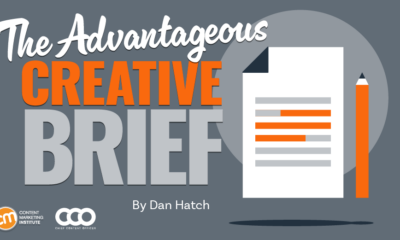
 MARKETING4 days ago
MARKETING4 days agoHow To Develop a Great Creative Brief and Get On-Target Content


![The Top Shopping Trends of 2022 & Beyond [State of Consumer Trends Data] ecommerce planning template](https://articles.entireweb.com/wp-content/uploads/2022/01/10-Best-Online-Payment-Methods-for-Businesses.png)


![The Current State of Google’s Search Generative Experience [What It Means for SEO in 2024] person typing on laptop with](https://articles.entireweb.com/wp-content/uploads/2024/04/The-Current-State-of-Googles-Search-Generative-Experience-What-It.webp-400x240.webp)
![The Current State of Google’s Search Generative Experience [What It Means for SEO in 2024] person typing on laptop with](https://articles.entireweb.com/wp-content/uploads/2024/04/The-Current-State-of-Googles-Search-Generative-Experience-What-It.webp-80x80.webp)











You must be logged in to post a comment Login